
Plumeless Thistle
Description
Plumeless thistle is a biennial forb in the Asteraceae (daisy) family. It grows from a fibrous taproot to form a basal rosette in its first year of growth; in the second year of growth, it produces one to many stems that reach 3 to 5 feet tall. Basal leaves may reach 7 inches long and are deeply lobed. Occasionally basal leaves are not lobed but are rather lanceolate with toothed margins. Leaves occur alternately and clasp the stems; they decrease in size up the plant. Leaves are dark green. Spines occur on the tips of leaves, on wings that run vertically on the stems, and sometimes on the rib on the bottom of leaves. Prior to flowering, plumeless thistle is often mistaken for musk thistle; however, plumeless thistle leaves and wings on stems are more heavily divided and more spiny in appearance.
Plumeless thistle flowers from early summer to fall. Flowers reach up to 1.5 inches across, formed at the tips of stems, and may be solitary or in clusters of 2 to 3. Florets may be pink to deep purple and form a dense disk enclosed in a bulb of spiny bracts. Seeds are oblong achenes (about 5mm long and 1mm diameter) that are smooth and hairless.
Origin and Spread
Plumeless thistle is native to Europe and Asia and was accidentally introduced to North America in the 1870s possibly as an ornamental. It spreads solely by seeds which are readily dispersed by the wind. Additionally, seeds may be spread by animals, water, humans, and equipment. Plumeless thistle is frequently found in rangeland and sites disturbed by humans, animals, and other natural causes, but it may also be found in lawns and maintained landscapes and forested areas.
.webp)
Management Options
Prevention and cultural control strategies should be utilized as much as possible.
There are no biological control agents currently available for release in Teton County.
Because plumeless thistle has a taproot, it can be readily managed by hand pulling or digging out the root. Tilling or hoeing is also effective for management when the taproot is severed 2 or more inches below ground. Controlled grazing by sheep, goats, or cattle may also be effective until the bolting stage. Mowing or chopping will not eradicate stands of plumeless thistle, but it can be beneficial in preventing seed production. Do not mow while seeds are present.
Larger infestations can be controlled with herbicides. Spring and fall treatments of rosettes are recommended, but treatment of bolting plants can be effective. Flowering plants may be chopped and the remaining rosette and stem treated with herbicide to prevent reflowering. Read the label before using any herbicide. Contact TCWP if you have any questions about application rates or how to use an herbicide.
Additional Resources
- Weed Report: Plumeless, musk, Italian, and slenderflower thistle from Weed Control in Natural Areas in the Western United States (2013) DiTomaso, Kyser et al. University of California.
- Plumeless thistle: Rangeland, pasture, and riparian site recommendations. 2015. Colorado Department of Agriculture. Broomfield, CO.
- Plumeless Thistle: Nebraska Noxious Weed. Nebraska Department of Agriculture and Nebraska Noxious Weed Control Association.
- Plumeless thistle. 2007. North Dakota Department of Agriculture.
- Plumeless thistle. Washington State Noxious Weed Control Board.
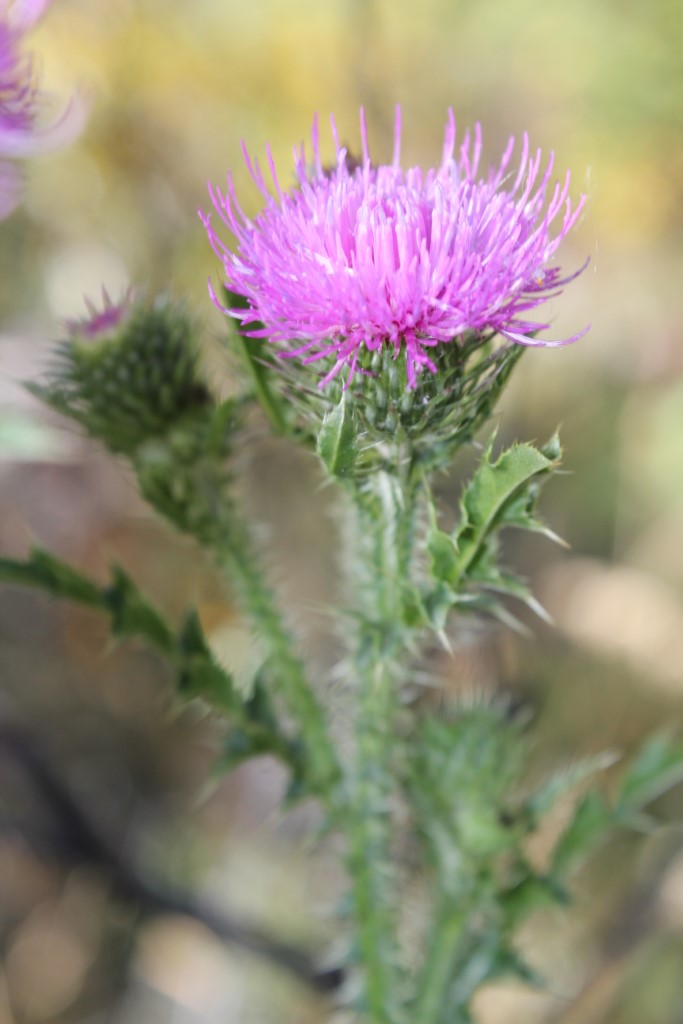
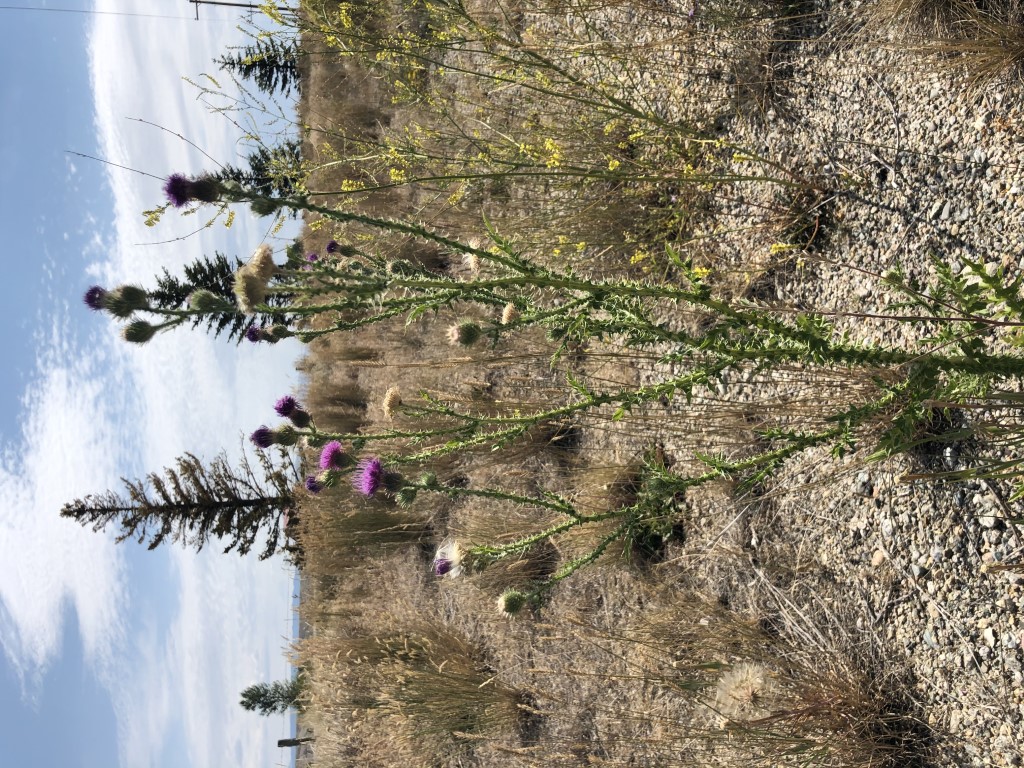
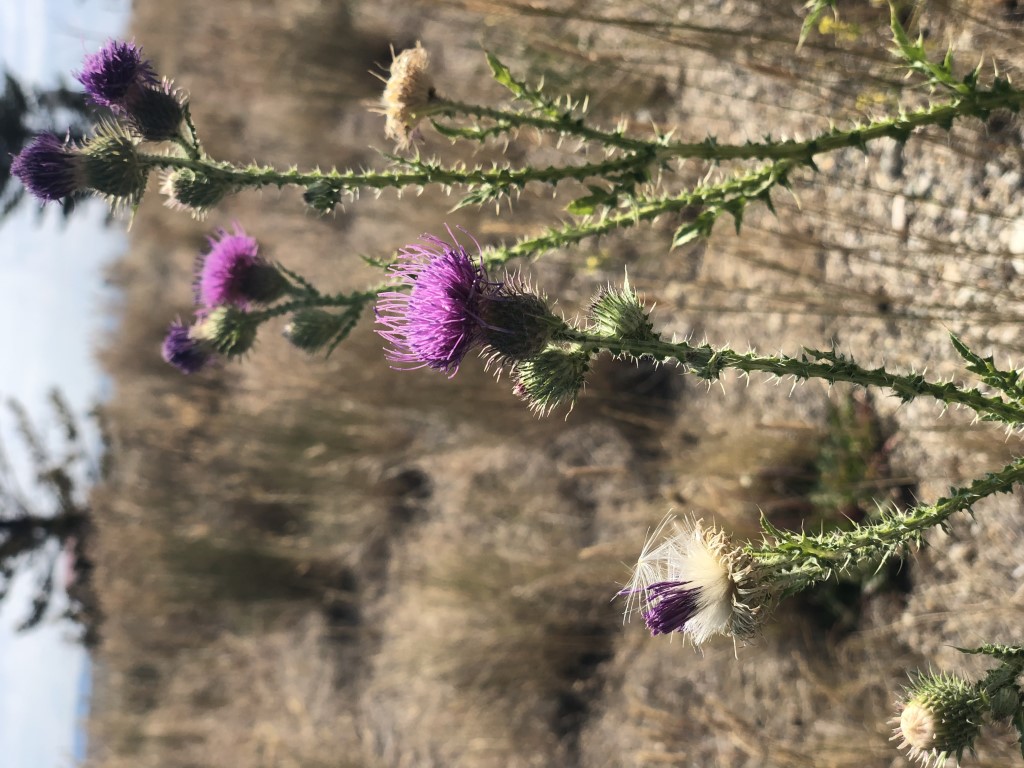
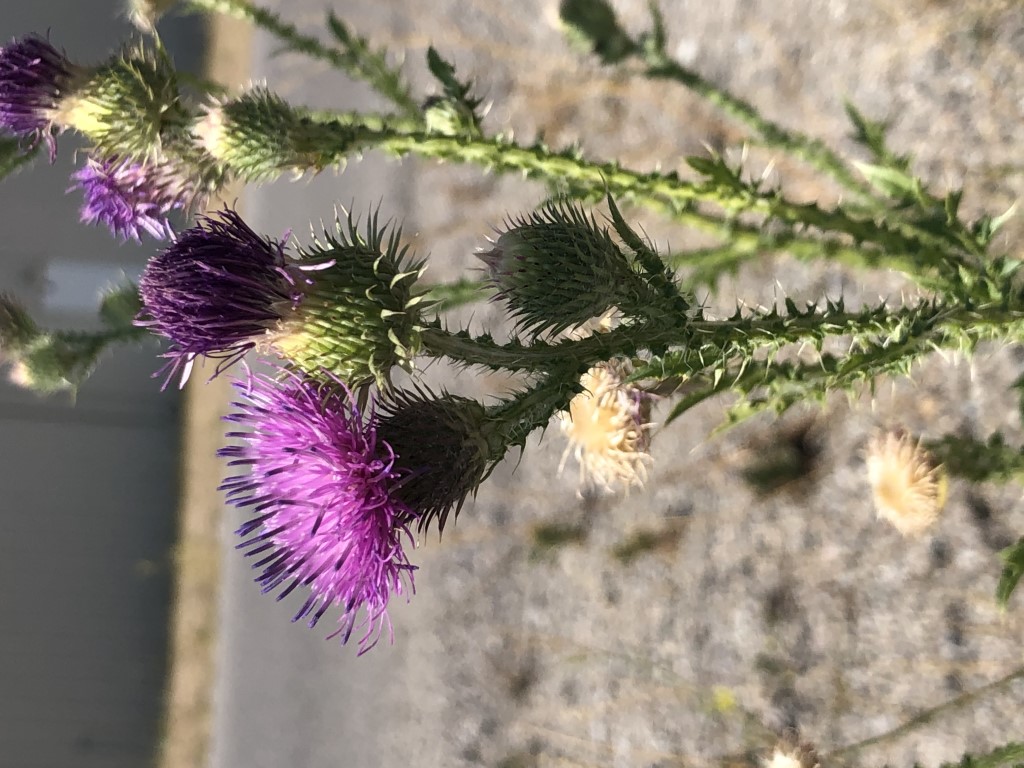
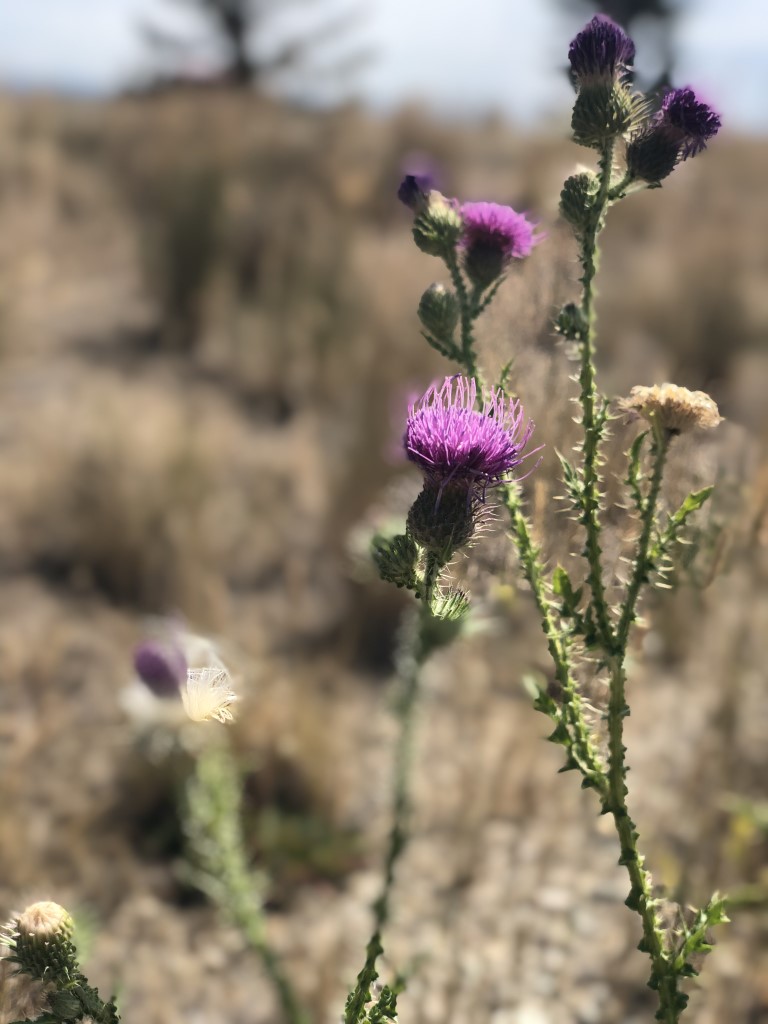
.jpg)
